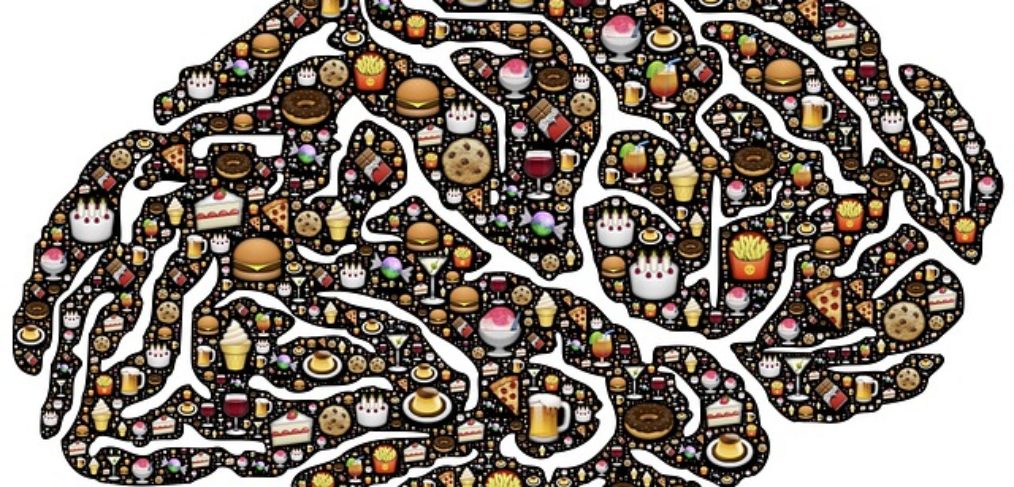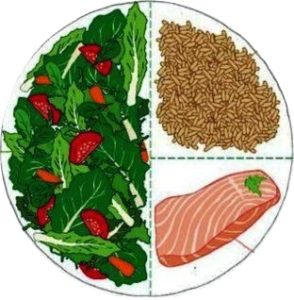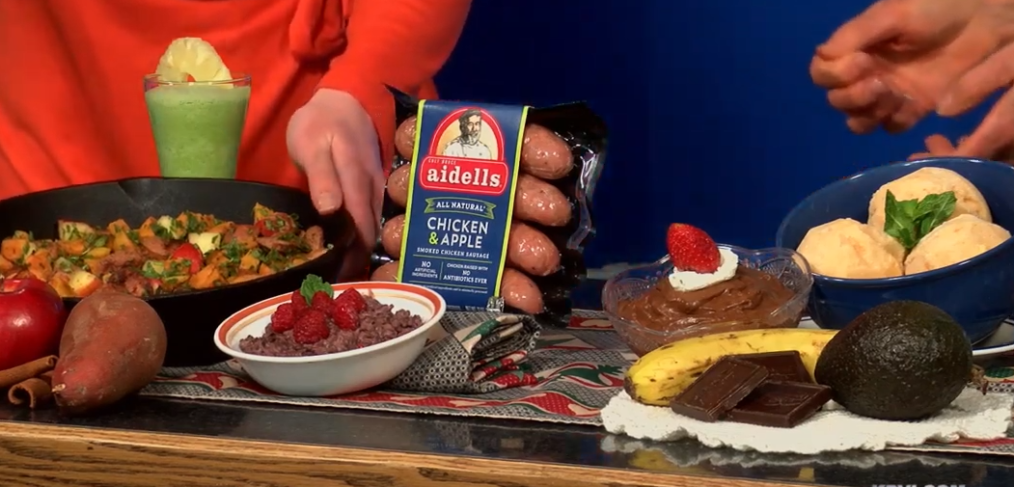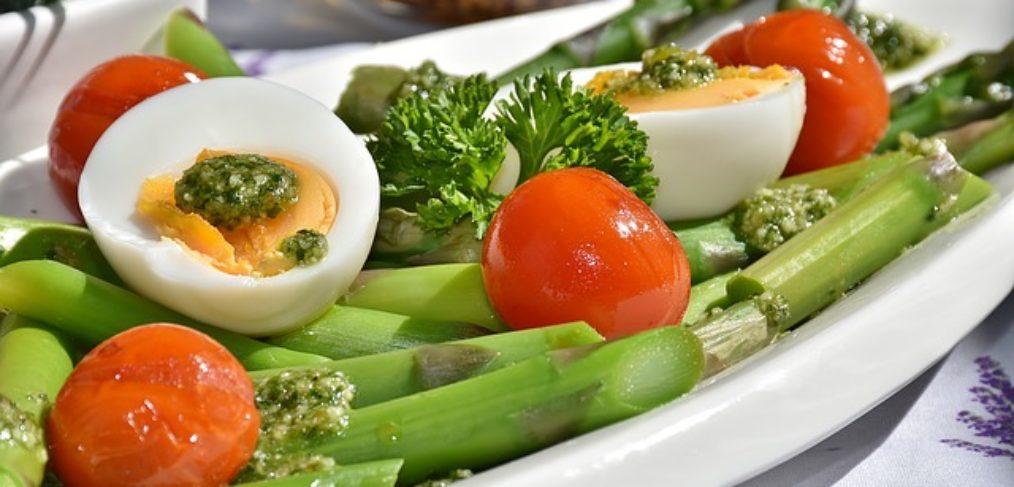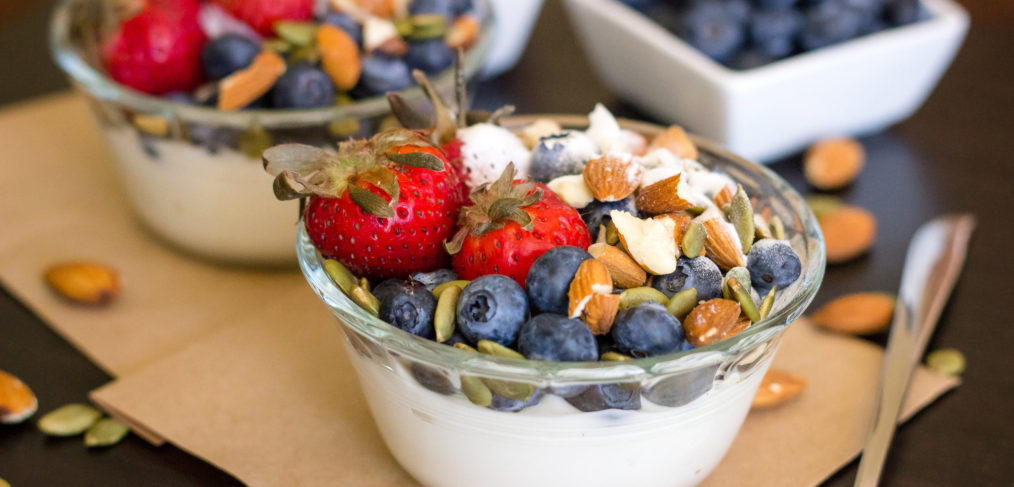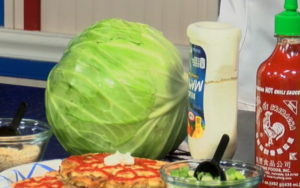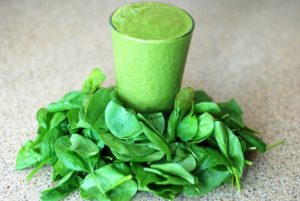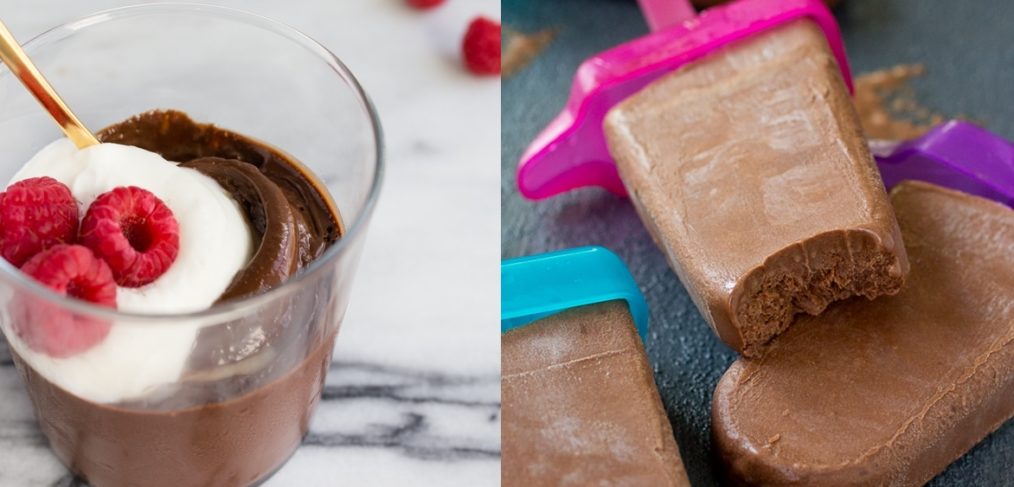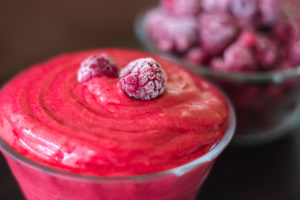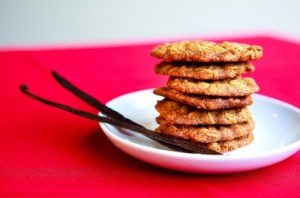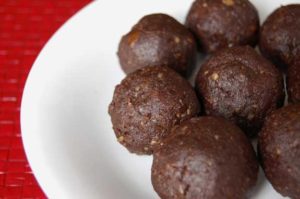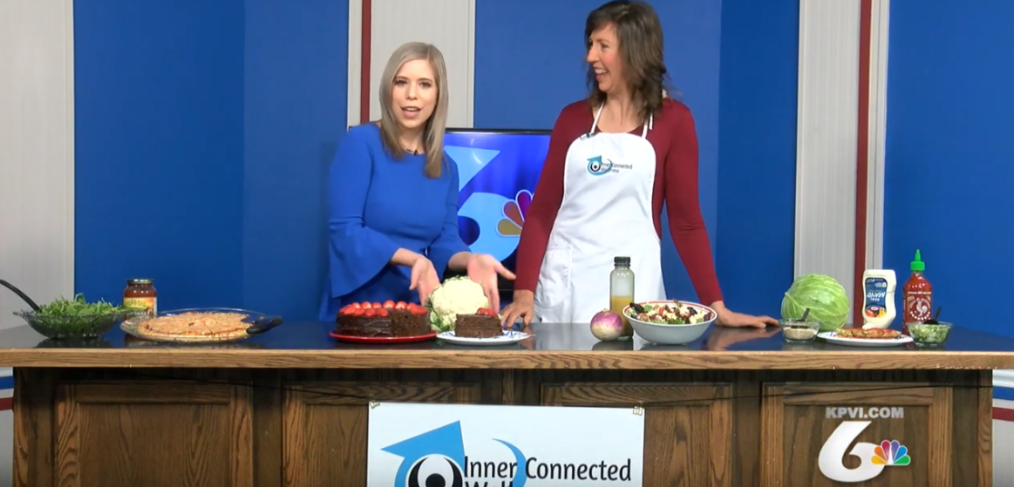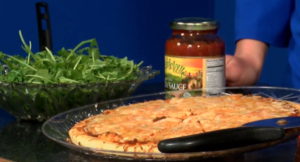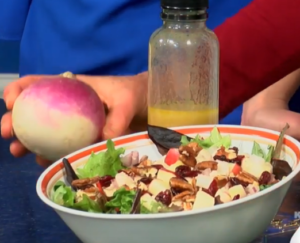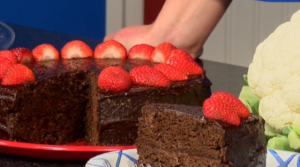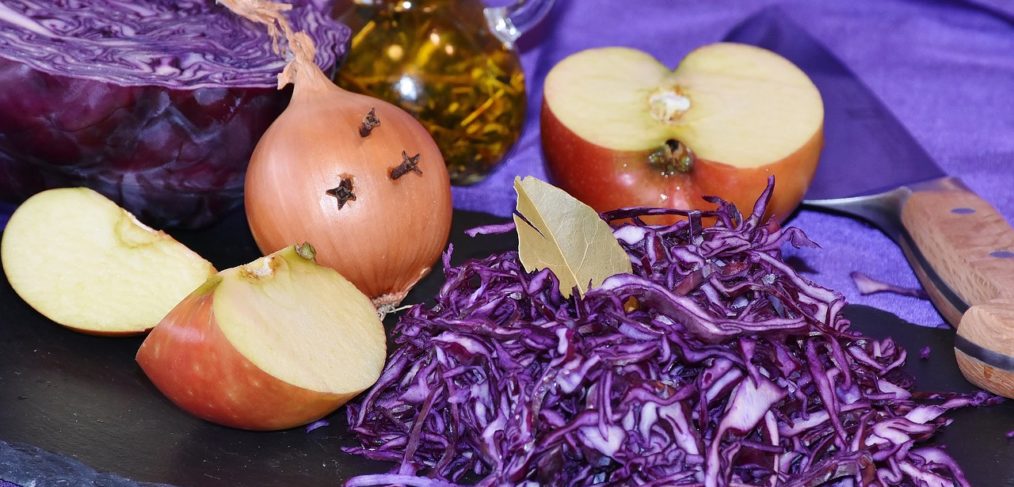Today we have a guest post from Sherry Worthington, a nurse, who didn’t realize the connection between sugar and inflammation until it was almost too late. Here is her story of beating inflammation:
My breath wouldn’t come. Numbness surged through my limbs. I heard nothing more after the doctor said, “I don’t feel comfortable treating you any more, due to your immune system.”
The tiny sparkle of hope that had been there a moment ago tumbled into oblivion. I was speechless. My dark world was mirrored by the night sky when I left his office.
The Darkness of Lost Hope
No more medication to treat the crippling rheumatoid arthritis that fettered my days and seared my nights? No more relief from the tiny hammers beating inside my body incessantly? How was I to sleep? Or dress? Or eat? I was going to deteriorate inch by inch into lifelessness!
My tears blurred with the days. But there was no other option. Accept it. Just accept it.
But how could I? How could I descend any lower? In addition to RA, I had hypertension, osteopenia, stasis dermatitis, degenerative disc disease, stenosis, reversal cervical lordosis, B-12 deficiency and sleep apnea. Shots in my neck and back for pain relief had been largely unsuccessful. My high-powered pharmaceuticals with devastating side effects had only been minimally effective in managing symptoms. And even these had been withdrawn when my weak and compromised immune system had descended into pneumonia, followed by sepsis. It was too dangerous to take them now, the doctor thought.But how was I to cope?
Just showering and dressing fatigued me so drastically that I fell asleep at work – or threw up. My fingers tingled constantly. Sometimes my pulse would suddenly spike to 110. Dizziness and nausea haunted me. At night, I would wake up every hour or two, trying to coax my body back into repose.
At some point, I found an RA support group on Facebook. Women from another country started talking to me about diet and holistic approaches. That spurred me into research, where I absorbed massive mounds of information. Confusion reigned initially as I sifted through the flood of suggestions.
The Beginning of Beating Inflammation
Unsuccessful at finding a local support group, and hoping for more personal conversations, I started my own. As I posted the information I was finding, it became clear:
I could do this! I could find relief if I just kept educating myself!
My self-treatments started with herbs: boswellia and turmeric. With some minor degree of success, I kept going. A breakthrough came when I purchased the Autoimmune Wellness Handbook by Angie Alt and Mickey Trescott. It urged an elimination diet. Would I need to do that? If certain foods really were not good for me, then why were they on the grocery store shelves? But I was desperate.
I took out refined sugars and felt a difference! Then I removed processed foods, and the improvement heightened. The dizziness and nausea were diminishing. I added vitamins, minerals, Omega 3’s and started massage therapy and essential oils. I was beating inflammation!
A year later, I have moved from the highest pain patch available to the lowest. My bad days are few and far between – and when they come, I can get relief within a few hours.
I cannot go back to the medications. There is another way: the way of hope! The way of beating inflammation with food and holistic approaches. If you don’t know where to start, contact a nutritionist, and eliminate sugars. And may my story inspire you to believe things can get better!


